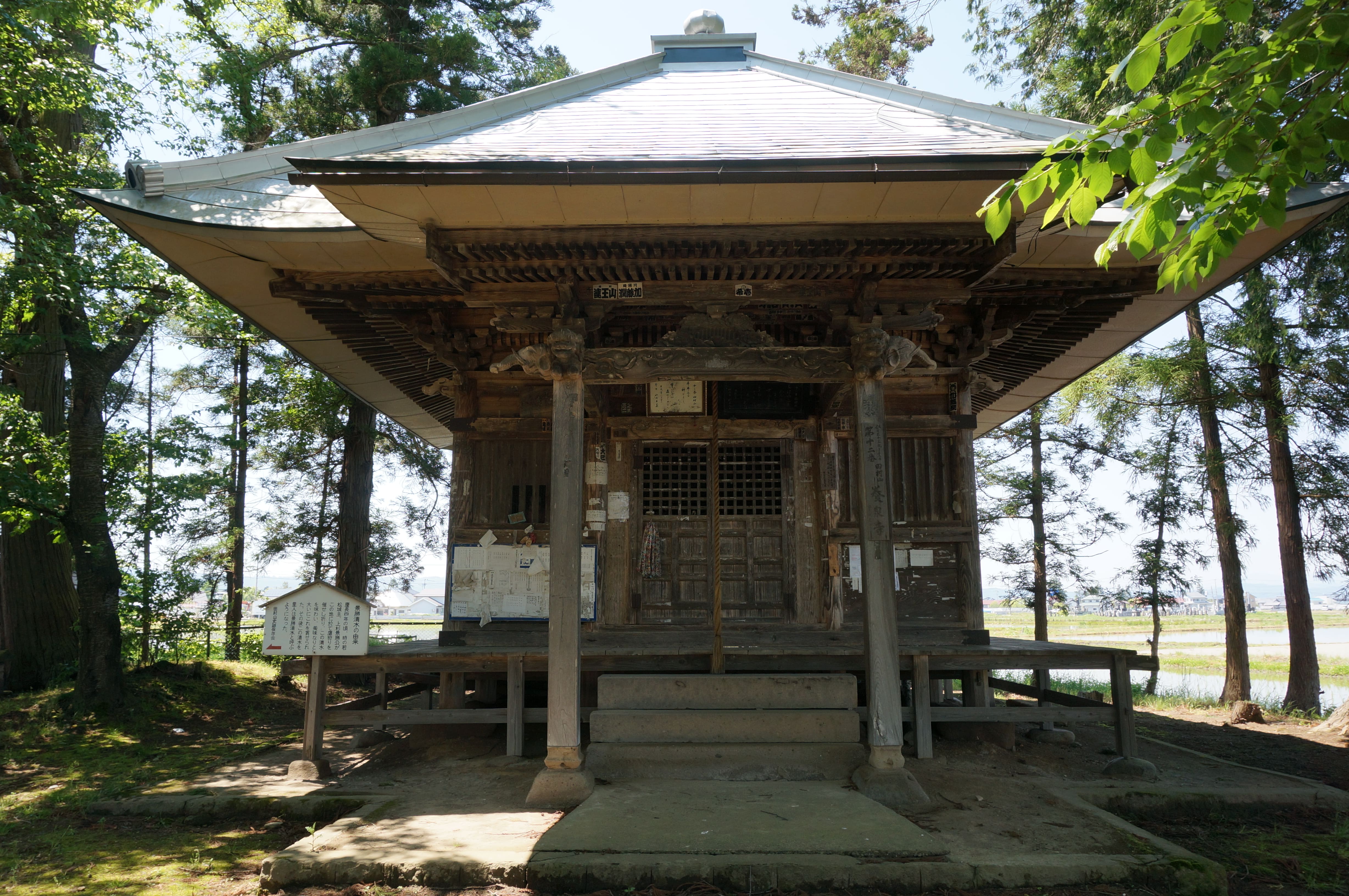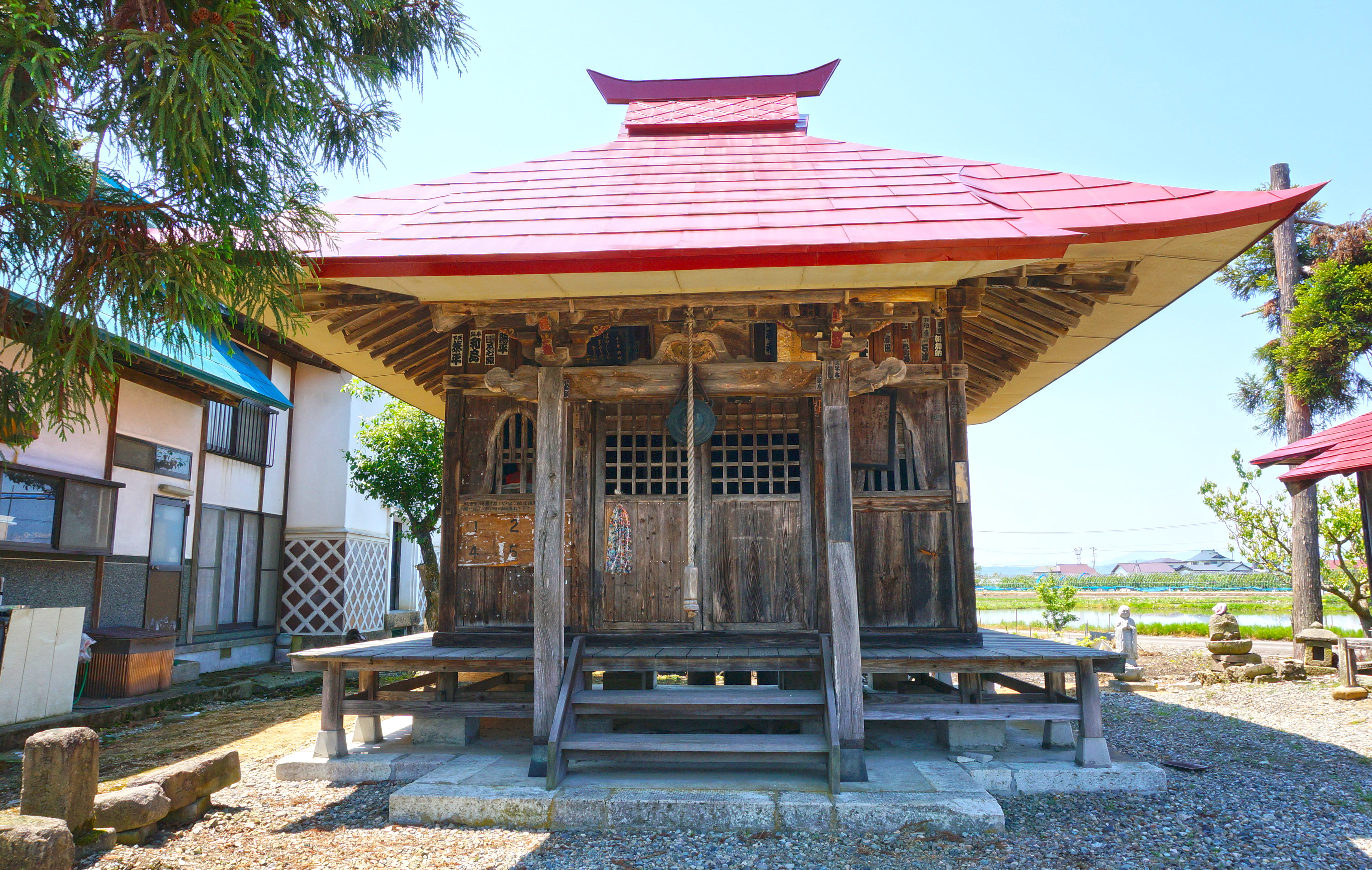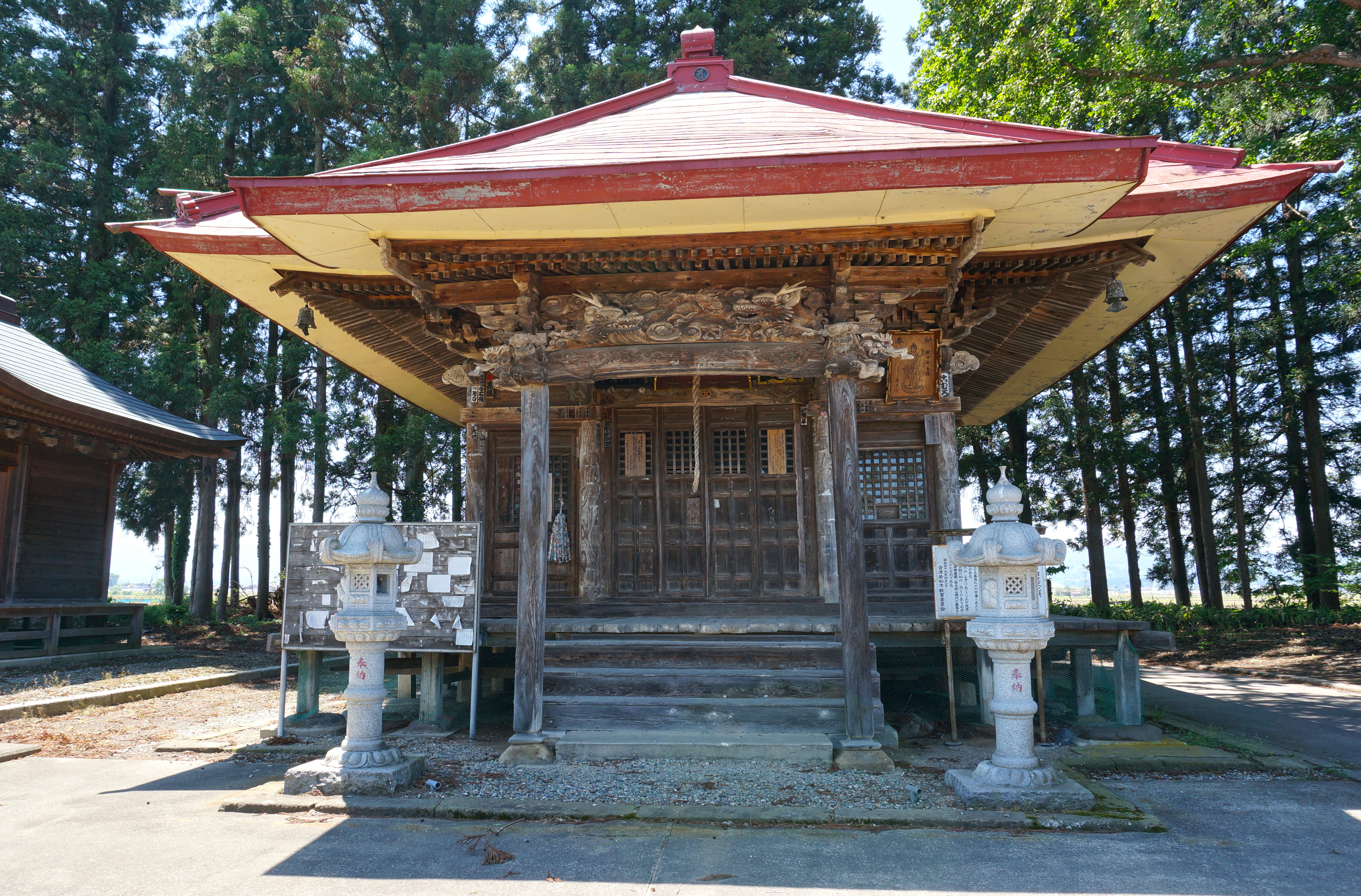2023.04.20 Aizu 33 Kannon Pilgrimage
.jpg)
Aizu has been a center of Buddhist culture since the Heian period (794–1185). The daimyo lord Hoshina Masayuki (1611–1673) established the Aizu 33 Kannon Pilgrimage, a route linking 33 images of the Buddhist deity Kannon, bodhisattva of compassion. The number is significant because it is said Kannon can change into 33 different forms. The images along the pilgrimage route range from solitary stone sculptures to statues housed in temples that are designated National Treasures.
Masayuki was inspired by the Saigoku 33 Kannon Pilgrimage, a route that was established around 1,300 years ago and passes through seven prefectures, mostly in the Kansai region. People undertook the journey to ask for forgiveness for past sins or to pray for good fortune and health, as well as a form of recreation. Masayuki noticed that residents who went on the Saigoku Pilgrimage were away for up to two months, causing money to flow out of Aizu and into other domains. He established a route that took in 33 sacred sites within Aizu, and he improved roads and lodgings to make the journey appealing for local people. The relationship between Buddhist culture and sightseeing in Aizu flourished as a result. The Aizu 33 Kannon Pilgrimage also became popular with visitors from outside Aizu as a way to experience the culture and natural beauty of the area. People still undertake the Aizu 33 Kannon Pilgrimage for similar reasons today.

This English-language text was created by the Japan Tourism Agency.


